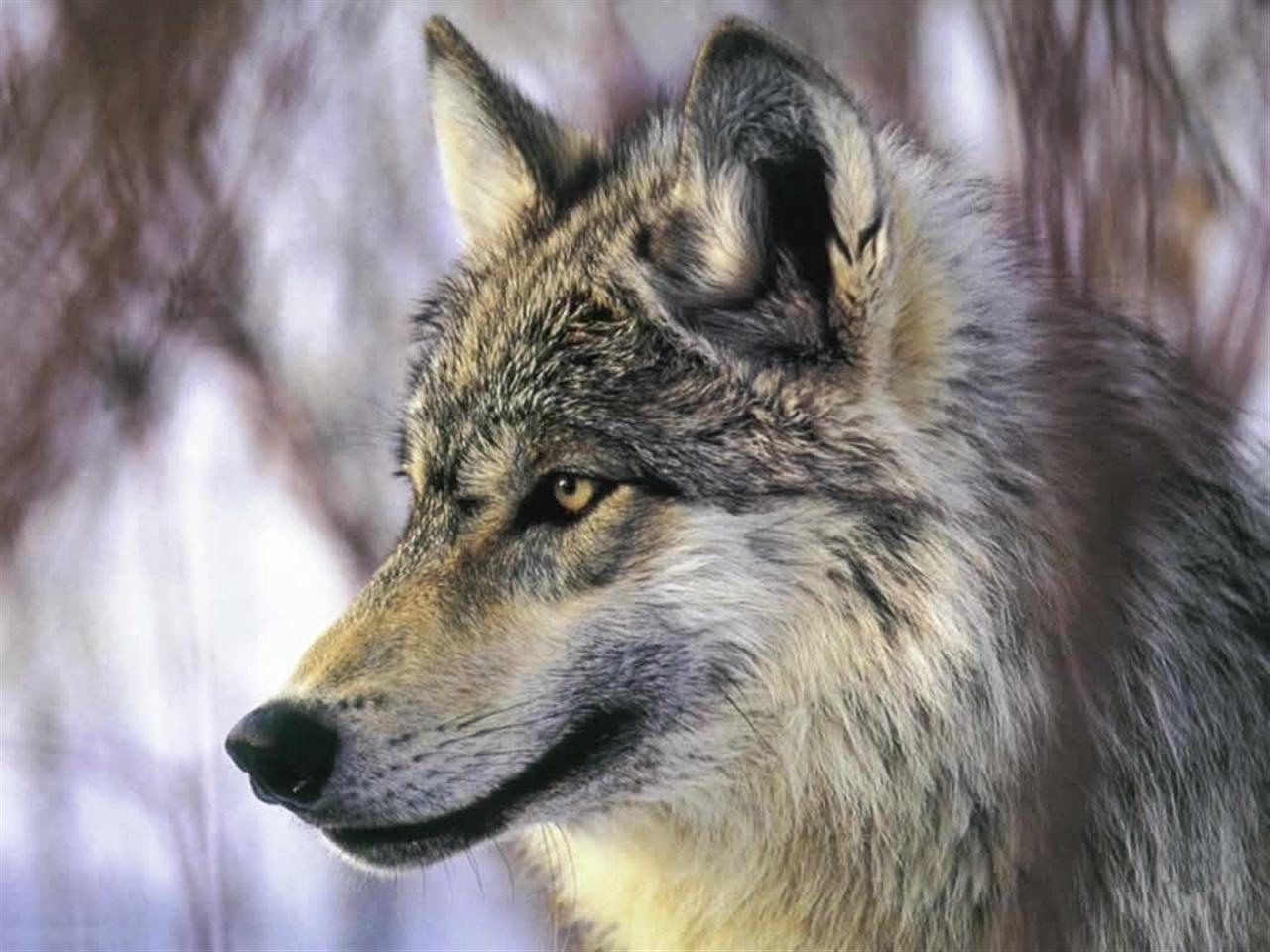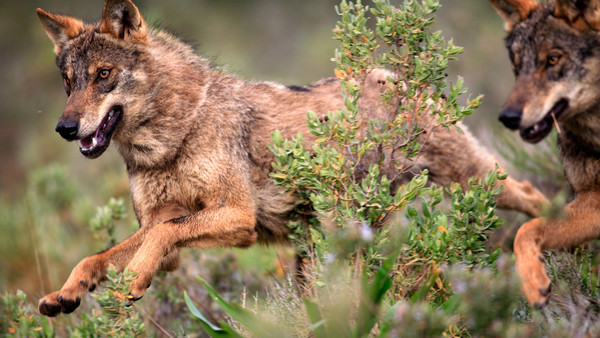
In recent years in Spain the traditional tale of Little Red Riding Hood has been turned around to portray the wolf not as big and bad, but the victim. However, the classic version with the voracious beast still lingers in the collective imagination and a solid formula for peaceful coexistence with the species remains elusive.
Responsibility for the management of the Iberian wolf in Spain falls to the regions and policy varies greatly, while tensions between farmers and the authorities over compensation for the loss of livestock are running high in the most problematic areas of Asturias, Cantabria and Castilla y León. The complaints of farmers and hunters lead to the conclusion that wolf populations are on the rise; Castilla y León has backed this viewpoint in an official report, but biologists and conservationists do not agree. The debate always revolves around the same question: what can be done to allow humans and wolves to live side-by-side, while at the same time protecting the animals and preventing them from causing damage?
The European Union's Habitats Directive established a frontier in Spain to protect the Iberian wolf: the River Duero. South of the waterway the wolf is considered of "community interest" and is therefore protected. If an animal must be killed, the regional authorities are responsible for doing so. But north of the Duero the wolf's status is less clear. In Castilla y León, Cantabria and Galicia hunting wolves is permitted, but in Asturias it is not.
Castilla y León accounts for 60 percent of the total number of wolves in Spain, according to several specialists. The region's latest conservation and management program, which is pending approval, states that the wolf population south of the Duero is rising. There are no official figures but the report cites a census carried out in 2012 and 2013, which will soon be made public. Its preliminary conclusions say that the wolf's area of distribution south of the Duero increased by 34 percent between 2007 and 2012, a finding based on the first count of wolves ever undertaken in Spain, between 1999 and 2003, which is still used as a reference point to estimate the population.

Things haven't changed much over the past 10 years according to the report's co-author, ecologist Antonio Uzal, who works in wild animal conservation at the University of Nottingham Trent in the UK. Among the problems facing the wolf highlighted during that earlier census are pressure from authorized and illegal hunting, and the lack of viable corridors between populations, a necessity for inter-group breeding diversity. Castilla y León serves as the current meeting point between populations and is therefore considered the key by conservationists.
Regional data from 2001 recorded 149 packs, comprising around 1,500 individuals. Uzal's study, carried out with Andrés Ordiz, places the number of family groups in Spain at between 250 and 320 (250 confirmed with indications of a further 70).
Castilla y León's conservation program, published over the Christmas period, states that regional government employees will take responsibility for controlling wolf populations in the protected area south of the Duero with a quota system established on the northern side. According to its figures, a quota of 18 percent of the existing population will be enforced. In the previous program, set up in 2008, the quota was the same but in some southern areas in Segovia and Ávila it was raised to 28 percent. This program was challenged in the courts by Ecologists in Action because it allowed for the hunting of wolves in areas protected under EU legislation. Responsibility for the matter now rests with the national government in Madrid.
Biologists and conservationists consulted warn that the number of wolves reported in each region could be wildly overstated. Carrying out a solid census would require considerable time and effort as wolves are transient animals. Their territory can reach 100 square kilometers; in a nighttime outing they can run as much as 50km. Biologists point to the need to conduct a full national census in order to formulate policies to prevent an irreversible situation.
Genetic studies on the population of wolves in Spain and Portugal suggest that these animals have been much closer to extinction in relatively recent times than was previously thought. Today, the wolf occupies just 25 percent of its historical range. There have been no studies on its potential future distribution but because of a wolf's requirements - extensive habitat and sufficient wild prey - it is possible Spain's population could extend its range considerably.
According to biologist Alberto Fernández Gil, a member of the Association for the Conservation and Study of the Iberian Wolf (ASCEL), the government needs to determine the size of the population but it only speaks in terms of groups, to which an elevated number of members have been assigned. Fernández is the author of a doctoral thesis that concludes that attacks on domestic livestock actually increase when pack members are culled. His study, using data from Asturias, shows that there is a direct relation between the number of wolf deaths and damage to livestock in the year following a cull. If the alpha male is killed, the most coveted by hunters , then the pack's leader is taken away and those that are left do not know, for example, how to track and kill a boar and thus will then turn to sheep. There is no evidence that the population control carried out as it is in Spain currently serves to reduce damage to livestock. Wolves are being shot without thinking.
One recent episode serves to highlight the passions and hatred that the wolf still generates: nine were found dead inside the Picos de Europa National Park last December. In Cantabria there is no specific plan for the conservation of wolves, and one specimen is permitted to be shot per hunt. Conservationist groups have called on the regional government to clarify the situation because the Cantabrian group plays a "priceless" role in controlling wild ungulates, particularly deer, while helping to preserve the biodiversity of the Picos de Europa National Park.
In the middle of the debate is wolf tourism, which generates around half a million euros in the La Culebra mountain range in Zamora province, the epicenter of the sector in Spain. Javier Talegón, a biologist who founded the ecotourism firm Llobu (wolf in Asturian), believes that the interest in viewing live wolves proves they can be profitable, and that formulas exist for peaceful coexistence between the creatures and humans. Whether we are genuinely ready to rewrite the fairytales is something only time will tell.